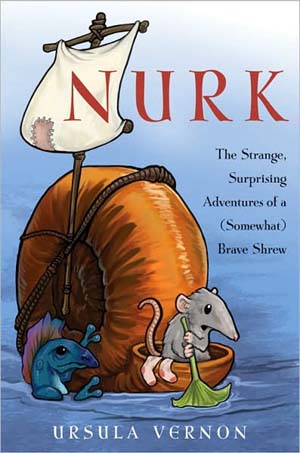Date read: 2.8.09
Read from: Borrowed from Kakaner
Reviewer: Emera
Young, unworldly, and hopelessly shy, our nameless narrator finds herself swept off of her feet by the widowed and much older Maxim DeWinter while working as the companion of a wealthy American woman on the French Riviera. Maxim takes her away to his estate in England, Manderley, where the soon-disenheartened narrator learns that her lot is to live in the shadow of Rebecca, Maxim’s first wife. Rebecca was glamorous, flamboyant, the consummate wife and hostess; Mrs. Danvers, the housekeeper, is fiercely devoted to her memory, and regards Maxim’s second wife as an interloper and a poor replacement. Between Mrs. Danvers’ cruel manipulations and Maxim’s moody secrecy – which the narrator fears is a sign that he still loves Rebecca – the narrator finds herself without allies in Manderley, and is driven both to uncover the truth of of what happened to Rebecca, and to come into her own as a woman.
Hmm, awkward summary. Anyway, I read this following Isaac Marion’s The Inside, and together they ended up being a one-two punch of delicious, delicious suspense. I couldn’t read Rebecca in anything less than 100-page chunks – addictive to the max, it is.


